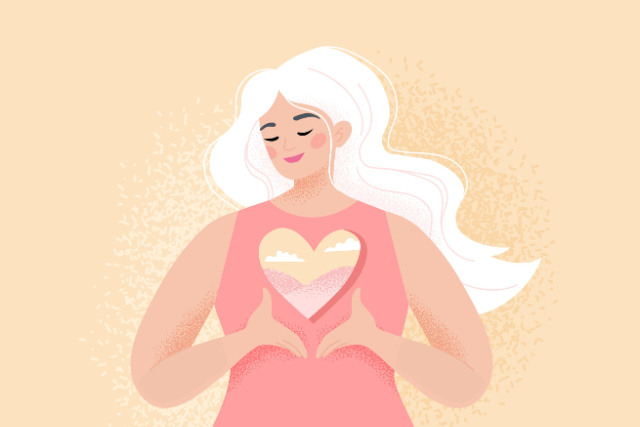When it was raining art
Subhuti writes from his visit to the exhibition, Yoshida: Three Generations of Japanese Printmaking, at the Dulwich Picture Gallery in London
We walked into the picture gallery on a sunny morning and ignored the classical portraits with their massive golden frames. Paintings of Olympian gods, Jesus Christ, European nobility… we studiously avoided them all. Masterpieces by Rembrandt, Rubens, Gainsborough, Canaletto… we ruthlessly snubbed.
A helpful gallery guide steered us in the right direction.
“Straight ahead and to the left.”
“Thank you.”
My old friend Pankaja and I were on a mission. And the first place we stopped was in front of a woodblock print of Mount Fuji.
“This is it! Must be Hiroshi Yoshida.”
It was.
The works of Hiroshi, founder of the Yoshida Japanese printmaking dynasty, which has been continuing for three generations, hung before our eyes.
Here, I must confess, I have a soft spot for Mount Fuji, ever since I gazed upon a woodblock print for the very first time. It was, of course, The Great Wave Off Kanagawa by Hokusai, with its cascading towers of blue and white water, threatening death and destruction to tiny boats filled with terrified passengers. Because the great wave, as everyone can see, ingeniously highlights Japan’s most famous mountain, sitting enigmatically in the background, indifferent to the fate of mere mortals.
Anyway, that’s what turned me on to Japanese woodblock printing. And that’s why I came to the Dulwich exhibition. Besides, I needed an excuse to visit London and see Pankaja again, so we could catch up with our gossip.
But the Yoshida family surprised me. They weren’t as traditional as I’d thought.
Hiroshi had travelled the world, making woodblock prints of unexpected scenes like the red, sunbaked cliffs of the Grand Canyon, USA. His wife, sons, and daughter-in-law, went even further, adopting western artistic techniques and creating abstract compositions. And, as one might expect, the third generation, Ayomi Yoshida, his granddaughter, went furthest of all.
We walked into the last room and thereby entered Ayomi’s installation. The room itself was her art. All the walls were covered, one with an exploding shower of pink cherry blossoms. But it was the opposite wall that got me. It was raining. And that was it. A downpour so real that I simply had to go and stand in it, or, to be pedantic, in front of it.
Pankaja joined me and together we entered Ayomi’s installation, imagining being soaked by the pouring rain. An obliging passer-by took the photo.
In that moment, we spontaneously joined Ayomi in her installation. If she’d been there, I’m sure she would have been delighted.
Such a playful moment of creativity.
Thank you, Ayomi, and your family.
dulwichpicturegallery.org.uk











COMMENTS